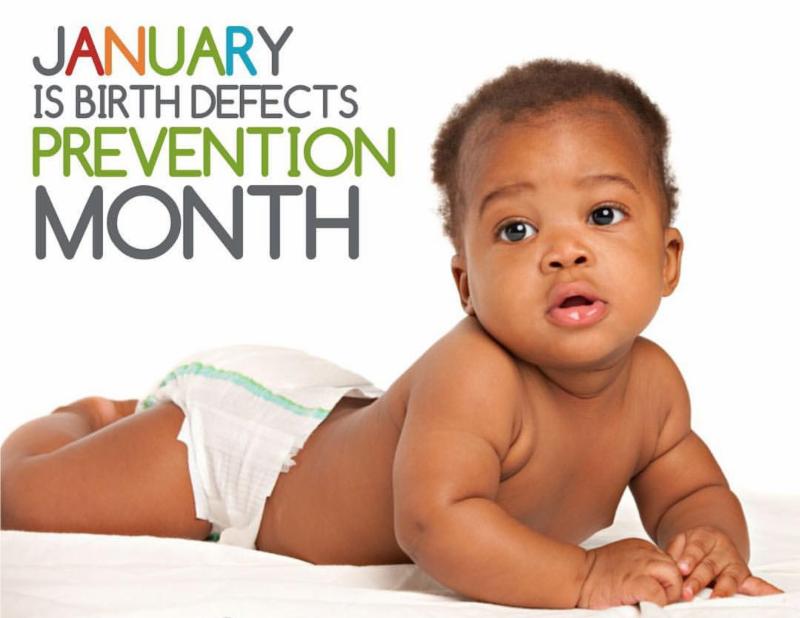by Teresa Anderson, MPH

Each year in January the National Birth Defects Prevention Network along with many other health related organizations join together to raise awareness about birth defects, actions that can be taken to reduce the risk of some birth defects and a time to recognize people living with birth defects. This year’s theme is Prevent to Protect. It has long been recognized that strong public health efforts at the federal, state and local levels are a key component to increasing awareness and implementing strategies to reduce exposures and identify risks associated with preventable birth defects. Research shows that approximately 20% of birth defects are inherited (chromosomal), 10% are related to environmental factors (infections, exposure to hazardous waste, fetal exposure to alcohol and other drugs, etc.) and 70% have an unknown causal factor. However, for those with an unknown specific causal factor, research shows that many are actually caused by a gene-environment interaction.
In California, the legislature and the Department of Public Health recognize the importance of research, monitoring and surveillance of all types of birth defects as well as their role in prevention efforts throughout the state. The California Birth Defects Monitoring Program (CBDMP) actively reviews medical records through surveillance of 10 counties in California monitoring over 150,000 births (nearly 30% of all births statewide) throughout the year. The program monitors rates of birth defects by geographic and demographic attributes in order to provide date to researches, health care providers and the public.
For more information about the program visit here.
To learn more about increasing awareness about birth defects and this year’s campaign visit: https://www.nbdpn.org/bdpm.php

Teresa Anderson,
Prevention Coordinato

